Should I Close My Attic Gable Vents?
Get insight into the complicated relationship between ridge vents, gable vents, and attic floors.
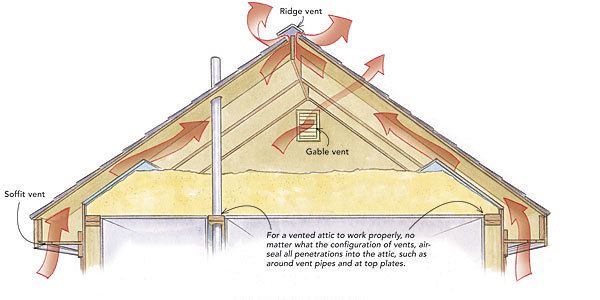
No short-circuiting here. Even with the gable vents open, air continues to enter the soffit vents and to move upward due to the stack effect. While some of it exits through the gable vents and some exits through the ridge vent, these outlets are not in competition with each other.
Q:
As built, the attic of our 22-year-old house was ventilated with gable vents and soffit vents. We replaced the roof recently and when we did we added a ridge vent. According to the guy who writes the home-improvement column in the local paper, if you add a ridge vent, you should close off the gable vents. If not, the air pathway through the attic will be short-circuited, flowing only from the gable vents to the ridge vent and not ventilating the lower part of the attic. The roofer says closing the gable vents isn’t necessary. Who is right?
SUZYPQ from the Breaktime forum
A:
Bruce Harley, technical director of Conservation Services Group in Westborough, Mass., responds:
Everyone has an opinion about this stuff, and most folks overthink it. Here’s what you need to know — the newspaper guy is wrong; your roofer is right. There is no need to block the gable vents unless they are prone to collecting windblown rain and snow. (This would not be related to adding the ridge vent; that would have already been true before the roof work.)
Although unvented roof assemblies work if they are built properly, attic venting is a good thing for most houses, and having too much venting will not harm the structure. Airflow promotes drying, whether the water comes from inside (condensation in the winter) or outside (roofing or flashing leaks).
For any attic venting to work properly, and for the house to work properly, you must thoroughly air-seal and insulate the attic floor. If there are air leaks between the attic and the living space, attic vents become outlets for conditioned air driven by the stack effect. If you don’t seal the leaks in the attic floor, the heat loss can melt snow (causing ice dams) and create condensation and moisture problems.
Air leaks can even increase the risk of combustion backdrafting, especially for a fireplace with an exterior chimney.
Once leaks are sealed and insulation is installed, the attic is an isolated space. The main force that now drives venting is solar radiation on the roof. That heats up attic air. Adding exhaust vents high on the roof can help to accentuate the inflow of air through the soffit vents. It doesn’t matter if these exhaust vents are ridge vents, gable vents, roof vents, or some combination.
If windblown rain or snow is frequently entering the gable vents, close them. Don’t worry about an airtight seal; just nail a board over the opening from the inside.
To summarize: Seal air leaks in your attic floor so that roof venting doesn’t suck conditioned air into the attic and cause moisture problems. Adding a ridge vent is a fine idea, and don’t worry about it competing with the gable vents. If the gable vents aren’t letting in rain or snow, leave them alone.
Roof ventilation is a complex topic, particularly for cathedral ceilings where there is no attic between the living space and the roof. Improperly designed roof assemblies can lead to a variety of problems, including moisture accumulation and decay. Although unconditioned attics like this one are the simplest assemblies to ventilate, complex roof shapes make the job more difficult.
More about attic venting:
Attic Ventilation Strategies — Simple mistakes can undo the best of intentions for venting a roof. Here are some things to keep in mind.
Venting the Roof — With today’s construction methods, the minimum code requirements may not be enough.
A Crash Course in Roof Venting — Building scientist Joseph Lstiburek explains when to vent your roof, when not to, and how to execute each approach successfully.
Ice Dams — Ice dams are not a roofing problem; they’re an air-sealing problem.
Site-Built Approach to Roof Ventilation — When rafter bays will be filled with dense-packed cellulose, you’re going to need rigid vent baffles.
Fine Homebuilding Recommended Products
Fine Homebuilding receives a commission for items purchased through links on this site, including Amazon Associates and other affiliate advertising programs.
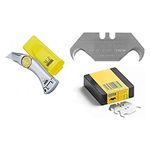
Hook Blade Roofing Knife
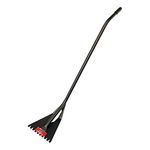
Shingle Ripper
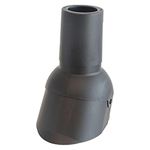
Flashing Boot Repair
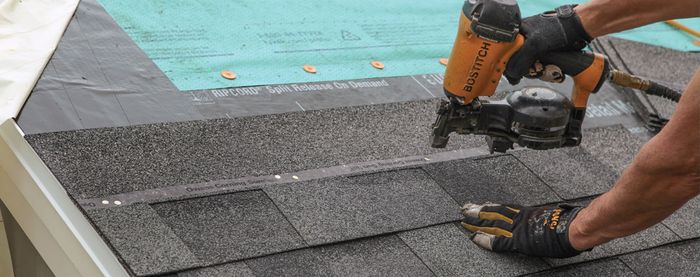

View Comments
Absolutely correct. The important thing as you say is the insulation and sealing. Note the air passage up from the soffits - don't block this with insulation. Don't know where these local paper guys get their info, probably same place as the internet experts. Gable vents, soffit vents, ridge vents, cold up there.
"No short-circuiting here." Sure, as long as you completely ignore the obvious short path from the gable to the ridge vent just a foot or so away! ?♂️
Gable vents work by letting air move horizontally from one end of the attic to the other. Soffits + ridge vent systems work by moving air vertically from the soffits to the ridge. If you've got both of those different airflows in the same space, they're going to end up mixing together in the attic, instead of flowing smoothly and freely from point A to point B like they're supposed to.
Usually what happens when you mix ventilation types like this is that a vent that's supposed to be an outlet ends up becoming an inlet instead. The illustration shows air flowing out of the gable vent. But if you actually stand next to the gable vents on a warm day in a setup like this, you'll probably feel air flowing in through both gables, instead of one flowing in and the other flowing out like it's supposed to. That air coming in takes the path of least resistance, 'short circuiting' and flowing up out of the ridge vent, instead of flowing across the whole attic like gable vents are designed for.
Meanwhile, the soffits are getting short changed. The path from the soffits to the ridge is longer than the path from the gable vents to the ridge. Sure, some air will still flow through the soffits. But the amount of air that can flow through the ridge is not infinite, so the path of least resistance - from the gables to the ridge - is always going to be favored. The result is that the portion of the roof below the gable vents receives less airflow than it's supposed to, leading to higher temperatures and more moisture (and potentially mold) on that portion.
More vents are not always better!